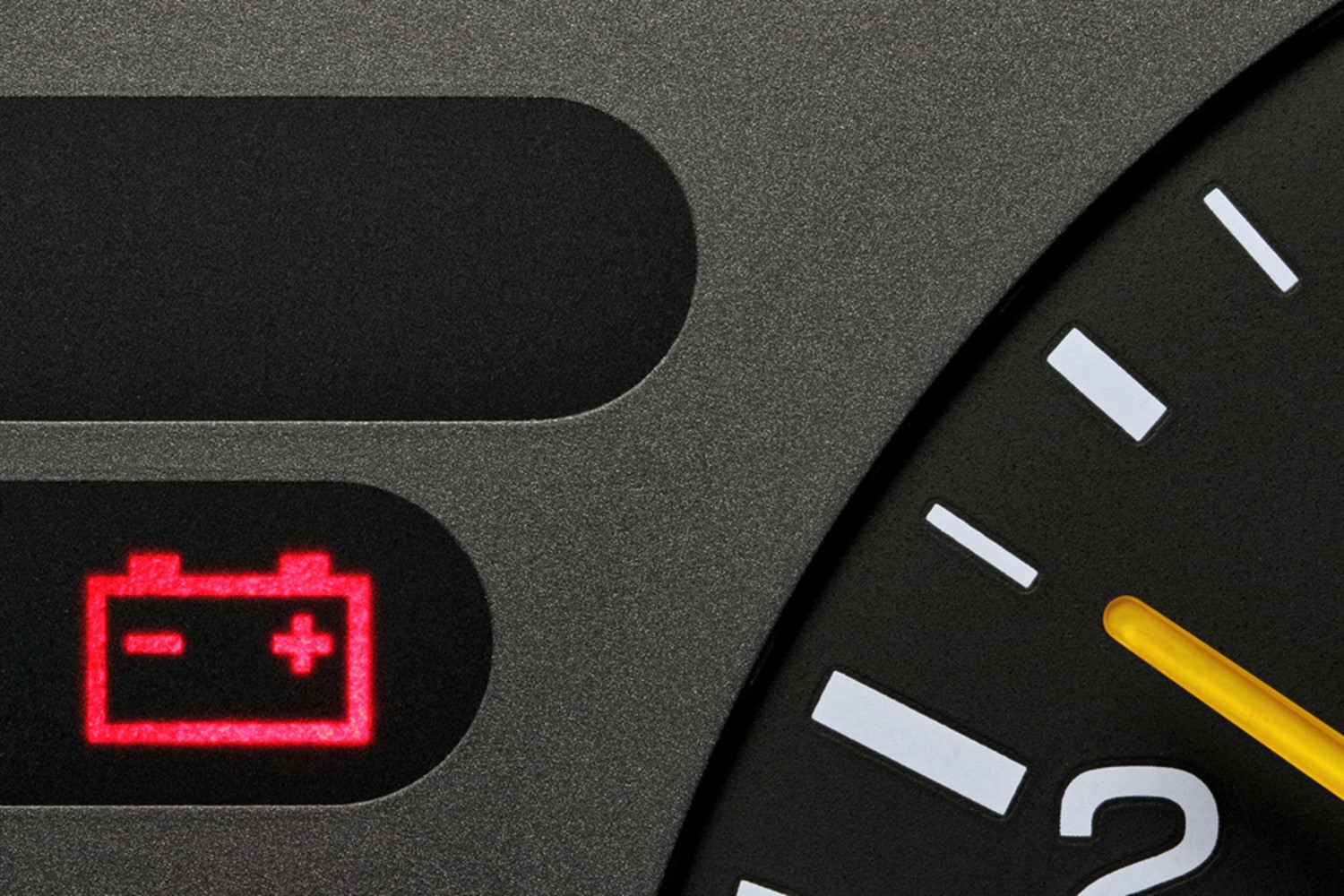How Do You Know If Car Battery is Dead? Sure Signs!
A dead car battery typically presents as a vehicle that won’t start and a lack of electrical power. Dim headlights or dashboard lights are common indicators.
Determining a car battery’s condition is crucial for reliable vehicle operation. A dead battery can leave you stranded, making it essential to recognize the signs before it fails. The most telling sign is when you turn the ignition key and hear only clicking sounds, or nothing at all, suggesting there’s insufficient power to crank the engine.
Another clue is dimming of interior or dashboard lights, which can signal that the battery lacks the power to run electrical systems effectively. Regular maintenance and timely checks of the battery’s voltage can prevent unexpected failures. Monitoring your car’s performance is key to identifying a dying battery, ensuring you can address the issue before it leads to a breakdown. With advancements in car diagnostics, some vehicles will even alert drivers to a weakening battery, but understanding the basic signs is essential for all drivers.
Identifying A Dead Car Battery
Identifying a dead car battery requires noticing some key issues. Difficulty in starting the vehicle often signals a failing battery. This happens because the battery struggles to provide enough power.
Dim headlights or flickering cabin lights indicate weak battery output. Other electrical problems, like malfunctioning car accessory, can also suggest a low battery. It’s essential to test the battery to confirm these signs.

Credit: www.mccarthycollisioncenters.com
Listen For The Telltale Click
A dead car battery often gives a clear signal. Imagine turning your car key and hearing nothing. This sound, or lack thereof, is a big clue.
The silence tells you the battery might not be working. Maybe the lights were left on, or the battery is old. It’s a sign to check your battery.
| Reasons Behind the Click |
|---|
| Electrical issues can cause the click sound. |
| Corroded terminals disrupt the power flow. |
| A faulty starter motor can mimic a dead battery. |
| Drained battery from lights left on is common. |
Physical Inspection
A car battery showing signs of corrosion on terminals might be failing. White or blue powdery substance around the terminals indicates corrosion. Regular cleaning can prevent this issue, but heavy corrosion usually means the battery is old and might need replacement. Corrosion causes poor connection and might stop the car from starting.
Another sign of a dead battery is a swelling battery case. This swelling can happen due to excessive heat causing the battery to deform. A swollen battery case is a direct sign that the battery’s health is compromised. It might not hold a charge well or might fail to deliver the required power to start the car. If the case looks bloated, replacing the battery is often the only solution.
Battery Age Matters
A car battery’s lifespan often ranges from three to five years.
Several factors influence this duration, including climate, vehicle type, and maintenance.
Regular short trips can shorten the battery life due to consistent shallow discharges.
Longevity reduces if the battery is not allowed to charge fully on journeys.
Frequent driving in extreme temperatures, either hot or cold, can also diminish battery health.
Multimeter Test
Testing a car battery with a multimeter is simple. First, make sure the multimeter is set to measure voltage (V). Typically, it has a symbol like “V=” or a voltage sign. Turn off the car and all lights. Attach the multimeter’s red lead to the battery’s positive (+) terminal. Next, connect the black lead to the negative (-) terminal.
| Voltage Reading | Battery Status |
|---|---|
| Above 12.6 V | Healthy |
| 12.4 V – 12.6 V | Good |
| 12.2 V | Charge Soon |
| Below 12.0 V | Dead or Dying |
Credit: www.lifewire.com
Troubleshooting Other Issues
Determining whether a car battery is dead or if the alternator has failed can be tricky. Both are crucial to the car’s electrical system. A dead battery may lead to a car that won’t start, whereas a faulty alternator will keep the battery from charging properly. To diagnose, use a multimeter to check the battery’s voltage. A reading below 12.2 volts typically signifies a dead battery.
A jumpstart can get your car running but isn’t a permanent solution. It’s a quick fix to get you to a mechanic. If the car starts but dies shortly after, the alternator might not be charging the battery. Get both checked to confirm the real issue.

Credit: www.tireoutlet.com
Frequently Asked Questions For How Do You Know If Car Battery Is Dead
How Do I Know If My Car Battery Is Completely Dead?
To determine if your car battery is dead, check for a non-responsive engine start, dim lights, or a silent horn. If these symptoms persist, a professional battery test can confirm its status.
How Do I Know When My Car Needs A New Battery?
Your car may need a new battery if it’s slow to start, electrical components falter, the check engine light comes on, or the battery is old and corroded. Regular testing by a professional can confirm the need for replacement.
How Do I Check If My Car Battery Is Ok?
To check your car battery, turn on the headlights before starting the engine. If they’re dim, the battery may be weak. Start the engine; if the lights brighten, the battery is likely okay. For a precise measure, use a multimeter to read voltage or take your car to a professional.
Will A Car Start With A Completely Dead Battery?
A car will not start if the battery is completely dead, as it requires electrical power to turn the engine over.
Conclusion
Diagnosing a dead car battery can be straightforward with the right signs. Ensure you check for dim lights, sluggish starts, and the age of the battery. Remember, regular testing helps prevent unexpected failures. Keep your vehicle’s power sources in top condition and stay road-ready!

